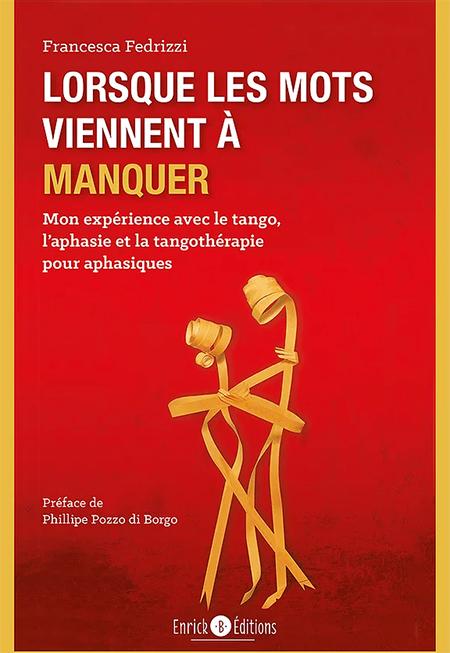
MISLER Nicoletta, The Russian Art of Movement, Turin, Allemandi, 2017, 448 p.
Supporting a declaration fundamental to Russian body culture of the 1920s – “In the Beginning Was the Body” – this books highlights the development of modern dance, the language of movement and its representation during Russia’s revolutionary decade of 1920-1930.
This theoretical and practical premise, The Russian Art of Movement revisits what was called the “Art of Movement” investigated by an innovative group of scholars, dancers and choreographers from the Choreological Laboratory at the Russian Academy of Artistic Sciences in Moscow. Established by Vasilii Kandinsky and other researchers such as Aleksandr Larionov and Aleksei Sidorov in 1921, the Laboratory was a unique institution in the history of New Dance in Europe and one of many utopian projects within late Imperial Russian and early Soviet culture. But unlike other experiments during those turbulent years, as an active enterprise, the Laboratory lasted a relatively long time (from 1923 until 1929), sponsoring conferences, publications and four major exhibitions under the rubric “The Art of Movement”. The Laboratory studied how movement could be recorded in its various kinetic extensions – gesture, mime, dance, gymnastics, emotional expression – and, to this end, made recourse to various instruments and methodologies, including graphic registration along the lines of musical, pictorial and sculptural transcription as well as mechanical registration (still photography, cinematography, cyclograms). The essential goal was to establish a dialogue between the artistic or “esthetic” reproduction of movement and the photomechanical one. The Russian Art of Movement treats of the diverse manifestations of this multi-facetted subject – from plastic dance to rhythmic gymnastics (from Nina Aleksandrova to Liudmila Alekseeva), from time and motion studies (Nikolai Bernshtein’s experiments in biomechanics) to provocative performances in the nude (Kas’ian Goleizovsky, Lev Lukin, Aleksandr Rumnev) and from acrobatics and gymnastics (Valeriia Tsvetaeva) to variety theatre and folk dance (Nikolai Foregger, Vera Shabshai). Copious references are also made to the American and European apogees of the New Dance such as Isadora Duncan and Rudolf von Laban and to their interaction with Russia’s own new and radical Art of Movement. The evolution of the Art of Movement just before and after the October Revolution and its formative relationship with the figurative, performing and musical arts are still unfamiliar territories. Based on extensive research in public and private archives, The Russian Art of Movement brings the conceptual ideas and champions of the dynamic into strong relief, describing the theory and practice of its champions and reproducing unique works of art and vintage photographs, most of which are being seen for the first time in the West: in this way, the book restores an entire chapter to the history of Russian and Soviet culture, one long forgotten after the political impositions and expurgations of the Stalin era.